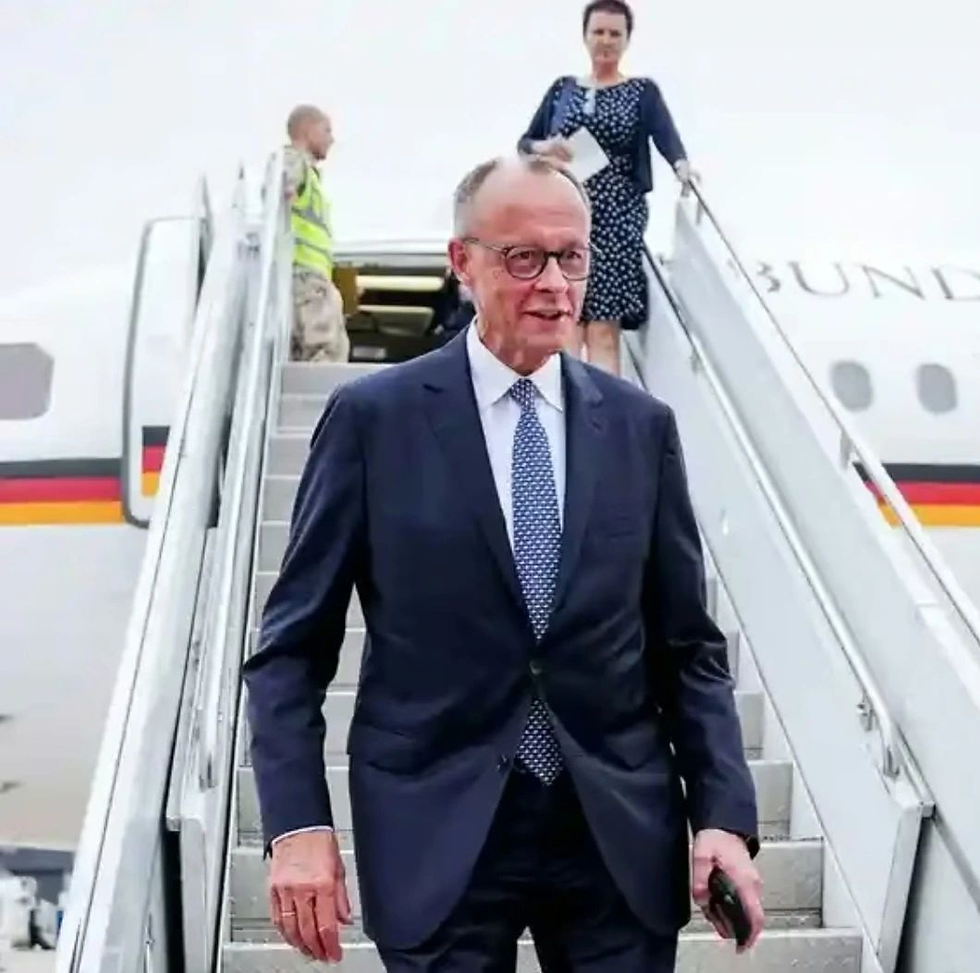How Did Europe Shift from Merkel’s “We Can Do This” to Raising the Drawbridge?
- Nejla Kılınç
- Sep 5
- 2 min read
It was August 2015, and Europe was witnessing the largest movement of people since the end of World War II. Driven by violence in Syria, Afghanistan, Iraq, and elsewhere, more than a million people arrived in the EU within a few months, overwhelming receiving countries and sparking a crisis.
In Germany, arrivals jumped from 76,000 in July to 170,000 the following month. On the last day of August, Chancellor Angela Merkel used the phrase “wir schaffen das” (“we can do this”).
The phrase was widely interpreted as an embrace of refugees.
But that summer, the euphoric scenes of crowds welcoming asylum seekers on their way north now feel like they belonged to a very different time.
The optimistic declaration quickly became a political burden for Mrs. Merkel. Opponents and some European leaders felt the words acted as a magnet drawing asylum seekers to the EU. Within two weeks, the Chancellor was forced to impose border controls in Germany due to the influx.
And ten years later, migration concerns have become a major political issue across many European countries. The reasons are complex and vary by nation, but worries over security, economic strain, and disillusionment with ruling parties have all shaped attitudes toward those fleeing war, hunger, and economic desperation. The debate has fueled the rise of far-right parties and pushed even centrist and left-leaning parties to pursue stricter migration controls, fearing electoral losses to populist rivals.
Data from the Atlas Institute of International Relations shows that support for far-right parties in Europe has nearly doubled over two election cycles, reaching 27.6%.
Since 2015, when the UN Refugee Agency (UNHCR) reported that over a million people entered Europe through asylum routes, arrivals have sharply declined. However, since 2016, the average number entering Europe has still hovered around 200,000 per year. So far this year, 96,200 asylum seekers have been recorded.
But will new and tighter controls actually reduce the numbers further? Or will global conflict and economic desperation make the flow inevitable, with fluctuations along the way?
Over the past decade, more than 32,000 people have died trying to reach Europe; this year alone, 1,300 have died or gone missing.
Persistent public concern has fueled rising support for far-right parties across the EU, even in countries like Sweden, long praised for welcoming those fleeing persecution. Family reunification for migrants has become harder, permanent residency requirements stricter, and refugee quotas significantly reduced.
Source: BBC News





